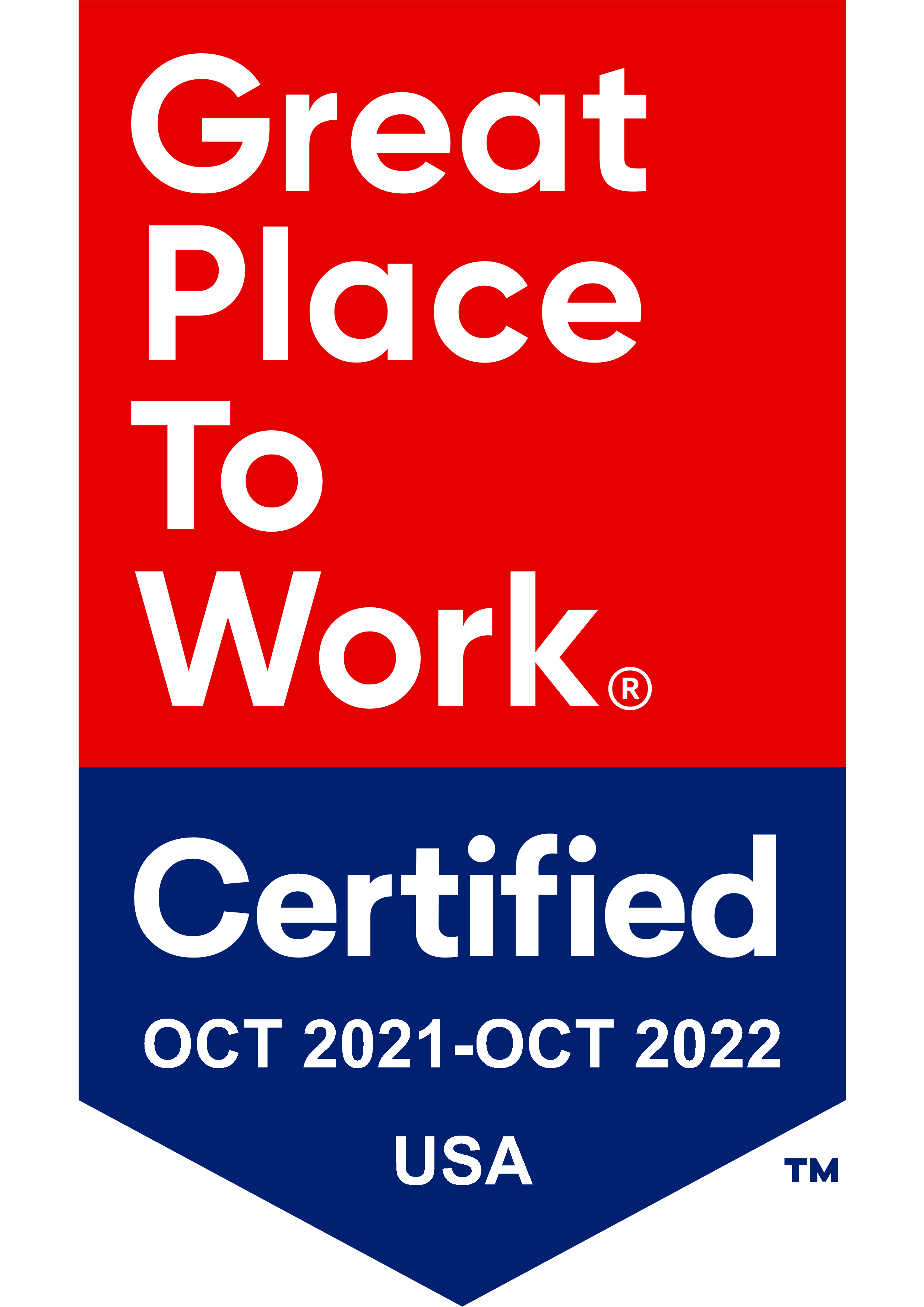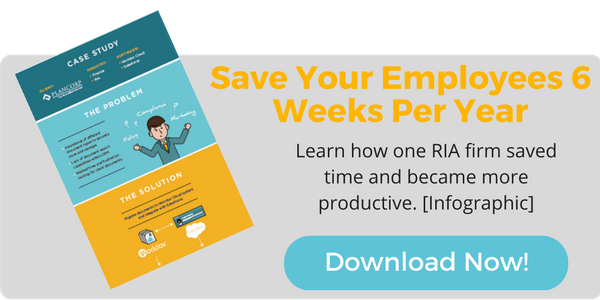 You know they’re important. You know they’re valuable. And you know you’ll get to them just as soon as you finish everything else you’re working on. We all have real, valid reasons for not documenting processes. And while you can’t add more hours to a 24-hour day, you can make better use of the hours you do have by investing some time in documenting your processes.
You know they’re important. You know they’re valuable. And you know you’ll get to them just as soon as you finish everything else you’re working on. We all have real, valid reasons for not documenting processes. And while you can’t add more hours to a 24-hour day, you can make better use of the hours you do have by investing some time in documenting your processes.
Whether your firm is a large RIA with cross-trained staff or a solo-preneur without staff, consider this time as an investment in your business. The more documented processes you have, then less time you spend on training, filling in for coworkers, and recreating the wheel.
Here’s an example of the most common process - sales revenue. A client requires services, your firm provides said services, the client is invoiced and remits payment. What if your client is invoiced before services were rendered? What if payment is not remitted in a timely manner? How do you manage those events? A good process provides clear expectations as to who does what and when.
PROCESS VS. PROCEDURE
Do not confuse a process with a procedure. A process describes the action (what) and who is responsible. Using our example above, we would identify the actions and the corresponding staff responsible for performing those actions - sales, production and accounting – within our process.
A procedure is a part of the process in which we describe the hows (tasks) and whys to complete an action. In our example, a procedure would list the steps or tasks required to enter a sales invoice into the system for client payment.
Let's take a look at some points to remember when you're creating and revising your processes.
PROCESS PLAN CREATION TIPS
- If you find yourself doing something more than 3 times, checklists are a really quick and easy way to create your process.
- Depending on your business needs, set a date in the future (bi-annually or annually) to review and update your processes.
- Remember, it doesn't have to be perfect – it can be perfected over time. Your minimum viable product (MVP) should have enough features to gather validated learning about your process and its continued development. Just put what you can down on paper (well, maybe a Word doc is better) and schedule it for review and update at a specific date in the future.
- When you're jotting down your 'who's,' make the assumption that they know how to use the necessary tools to complete their respective actions (i.e. accounting knows how to use the accounting software and uses commonly accepted accounting principles). This is not the place to record how to complete the actual billing task. We will create a procedure for that task at a later date.
- If there is a particular reason why a certain 'what' needs to be done, note that down. For example, 'billable supplies used for the project must be allocated from inventory prior to invoicing to ensure they are reflected on the invoice at the current price'.
- If you have the opportunity to schedule a formal 'process-writing session,' ask someone to sit with you to prompt, “Why do you do that?” At Trumpet, if your answer is, “We’ve always done it this way,” it’s not the right step. Maybe that part of the process came from software you haven’t used in five years! Knowing the “why” will help ensure you are doing everything the most efficient way possible.
Creating processes requires very little investment up front but can really save time, energy and frustration in the future. Invest a little time now for better results in future. Now that's powerful.
Want to save even more time out of your investments? Check out the infographic below to learn how one firm saved its employees hours every week.





